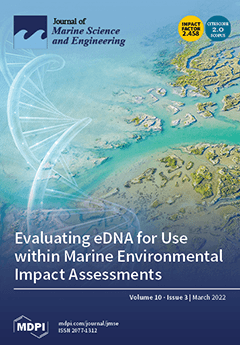Ingesting fish contaminated with ciguatoxins (CTXs) originating from epibenthic dinoflagellates causes ciguatera fish poisoning (CFP). CFP occurs mainly in the tropical and subtropical Indo–Pacific region and the Caribbean Sea. Furthermore, it occurs sporadically in Japan, especially in the Ryukyu Islands between Taiwan and Kyushu, Japan.
Variola louti is the most frequently implicated fish with a suggested toxin profile, consisting of ciguatoxin-1B and two deoxy congeners. Therefore, using the liquid chromatography–tandem mass spectrometry (LC-MS/MS), we analyzed CTXs in the flesh of 154 individuals from various locations and detected CTXs in 99 specimens (64%). In 65 fish (43%), CTX levels exceeded the Food and Drug Administration (FDA) guidance level (0.01 µg/kg). Furthermore, in four specimens (3%), the guideline level in Japan (>0.18 µg/kg) was met. Additionally, although the highest total CTX level was 0.376 µg/kg, the consumption of 180 g of this specimen was assumed to cause CFP. Moreover, only CTX1B, 52-
epi-54-deoxyCTX1B, and 54-deoxyCTX1B were detected, with the relative contribution of the three CTX1B analogs to the total toxin content (35 ± 7.7 (SD)%, 27 ± 8.1%, and 38 ± 5.6%, respectively) being similar to those reported in this region in a decade ago. Subsequently, the consistency of the toxin profile in
V. louti was confirmed using many specimens from a wide area. As observed, total CTX levels were correlated with fish sizes, including standard length (r = 0.503,
p = 3.08 × 10
−11), body weight (r = 0.503,
p = 3.01 × 10
−11), and estimated age (r = 0.439,
p = 3.81 × 10
−7) of the specimens. Besides, although no correlation was observed between condition factor (CF) and total CTX levels, a significance difference was observed (
p = 0.039) between the groups of skinnier and fattier fish, separated by the median CF (3.04). Results also showed that the CF of four specimens with the highest CTX level (>0.18 µg/kg) ranged between 2.49 and 2.87, and they were skinnier than the average (3.03) and median of all specimens.
Full article





